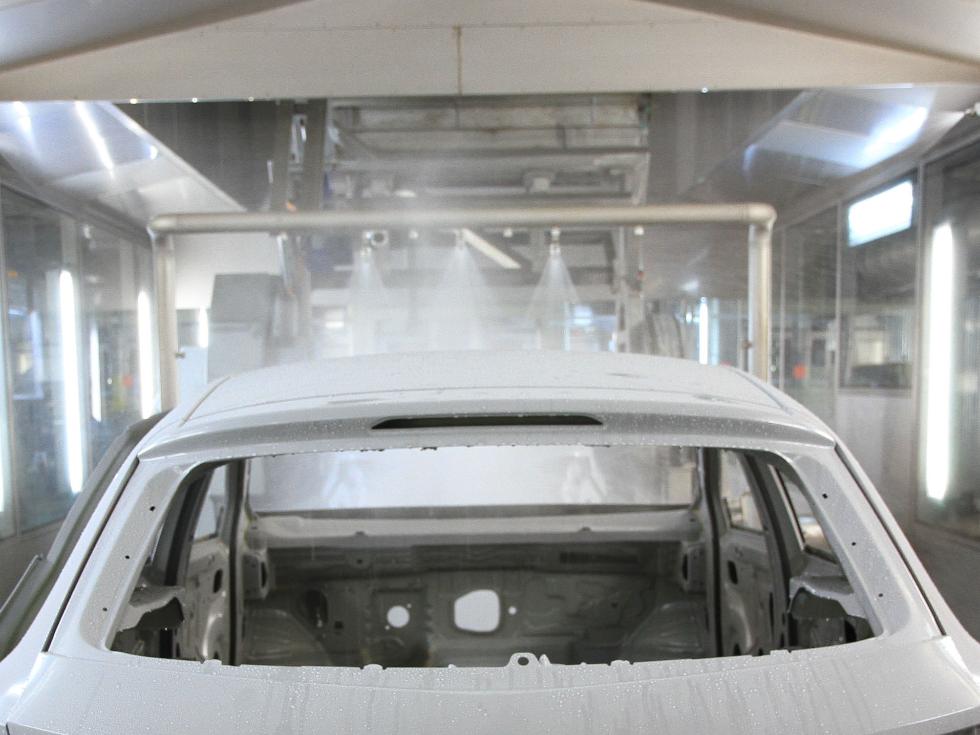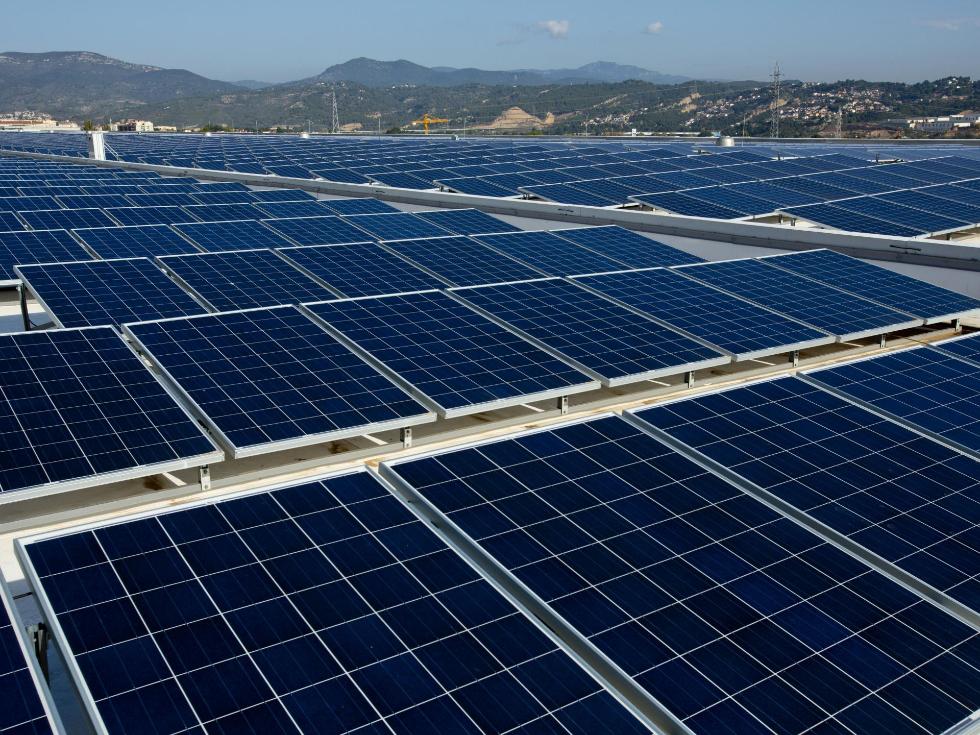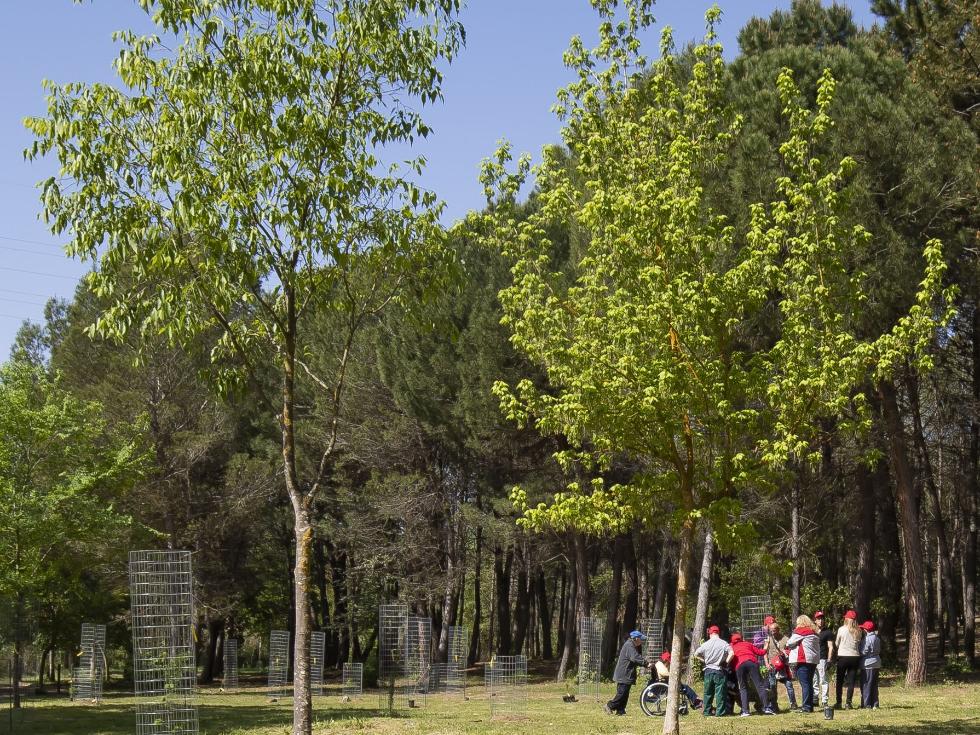Earth, air, water and fire: the elements of a sustainable factory
Since 2010, SEAT has reduced the environmental impact of its Martorell plant by 34% and aims to achieve 50% by 2025.
SEAT has been for some time on the front line in the fight against climate change: this is a global topic that affects everyone, including auto manufacturers. Since 2010, the Spanish brand has reduced the environmental impact of its main factory in Martorell (Barcelona) by 34%. How? Through various targeted projects. Let’s take a look at some of them together.
Earth: pollution-reducing pavement

The pavement at the SEAT Technical Centre is made with cement slabs applied with titanium dioxide and is able to reduce pollution through photocatalytic technology. When it comes into contact with pollutants and, at the same time, light and oxygen, it triggers a chemical reaction that decomposes the pollutants in the air, turning them into nitrates that dissolve with water: this is a triple action that decontaminates, cleans and has a bactericidal effect.
SEAT currently has 4,000 square metres of photocatalytic pavement, which reduces air pollution by 40%. The company is studying their installation on a further 26,000 square metres of walkways within the entire business complex in Martorell. The potential for reducing nitrogen oxide (NOx) emissions with this project is extremely high: the first phase alone at the Technical Centre will enable reductions of 0.8 tonnes annually and if implemented in the rest of the factory, this would amount to 5.2 tonnes.
Air: sustainable chimneys
An annual savings of 11.7 GWh in natural gas consumption, equivalent to the needs of about 2,400 Spanish households every year. This is what SEAT has achieved thanks to the technology that recovers the energy emitted by the ovens in the bodywork department. The hot air rising up the chimneys heats a water circuit, which is later used in the car body paint processes. By way of this initiative, 2,400 tonnes of CO2 are prevented from entering the atmosphere annually.
Water: an ocean of paint

The painting department’s processes consume the most water, around half of the total required to produce a vehicle. Chassis surface treatments, wash booths and final painting are all processes that require a lot of water, and for this workshop efforts are being made to save as much as possible. When cars are spray painted, a small amount is lost in the process and falls into a treatment vat. The necessary chemical products are added here to separate the paint from the water, and once cleaned, it is returned to the process in a completely closed circuit.
On the other hand, to test their water-tightness, vehicles are sprayed with more than 150 litres of water per square metre for six minutes. This process also uses a closed circuit, in which the water is collected and treated and then it returns to the process.
Fire: the sun as a source of energy

SEAT al Sol is the biggest solar plant in the automotive industry in Europe: it features a total of 53,000 panels on the roofs of the buildings and on the storages. . It covers an area of 276,000 m2 and generates more than 17 million kWh per year, preventing the emission of 4,250 tonnes of CO2 annually.
Conventional lightbulbs have also been replaced with high efficiency LED bulbs at Martorell, providing an energy reduction equivalent to the consumption of 1,000 households.

In addition, SEAT employees have created a botanical garden in Martorell's Can Casas park by planting 80 trees of different native species, as well a space for the protection of the Hyla Meridionalis frog. Each tree is tagged with a QR code that can be scanned by a mobile phone to obtain information about each species.
Source: SEAT S.A.
